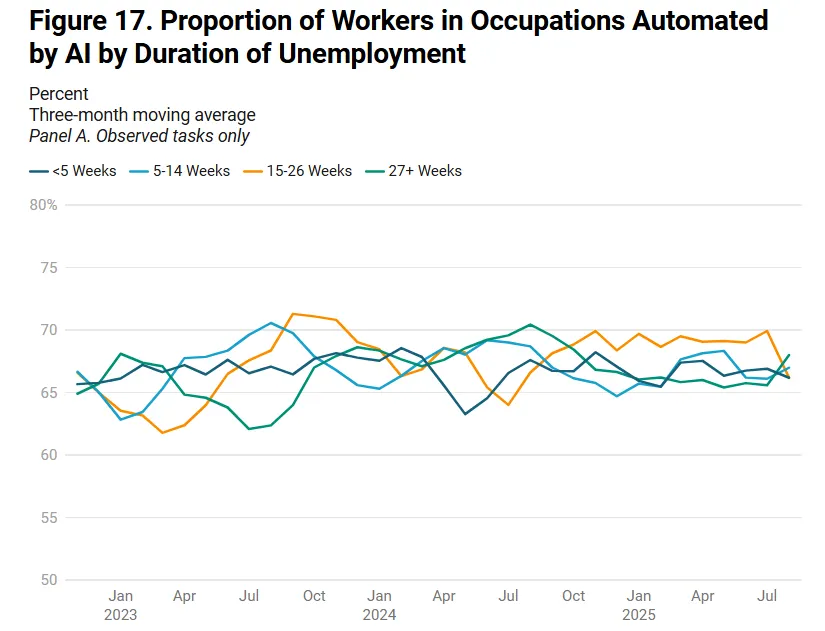In brief
- Shanghai researchers say “context engineering” can boost AI performance without retraining the model.
- Tests show richer prompts improve relevance, coherence, and task completion rates.
- The approach builds on prompt engineering, expanding it into full situational design for human-AI interaction.
A new paper from Shanghai AI Lab argues that large language models don’t always need bigger training data to get smarter—just better instructions. The researchers found that carefully designed “context prompts” can make AI systems produce more accurate and useful responses than generic ones.
Think of it as setting the scene in a story so everything makes sense, a practical way to make AI feel more like a helpful friend than a clueless robot. At its core, context engineering is all about carefully crafting the information you give to AI so it can respond more accurately and usefully.
A person isn’t just an isolated individual; we’re shaped by our surroundings, relationships, and situations—or “contexts.” The same goes for AI. Machines often screw up because they lack the full picture. For example, if you ask an AI to “plan a trip,” it might suggest a luxury cruise without knowing you’re on a tight budget or traveling with kids. Context engineering fixes this by building in those details upfront.
The researchers admit this idea isn’t new—it goes back over 20 years to the early days of computers. In those days, we had to adapt to clunky machines with rigid rules. Now, though powerful AI platforms can use natural language, we still need to engineer good contexts to avoid “entropy” (in this case, the word refers to confusion from too much vagueness or messiness).
How to context engineer your prompts
The paper offers ways to make your AI chats more effective right now. It builds on “prompt engineering” (crafting good questions) but goes broader, focusing on the full context. Here are some user-friendly tips, with examples:
- Start with the Basics: Who, What, Why
Always include background to set the stage. Instead of “Write a poem,” try: “You’re a romantic poet writing for my anniversary. The theme is eternal love, keep it short and sweet.” This reduces misunderstandings.
- Layer Your Info Like a Cake
Build context in levels: Start broad, then add details. For a coding task: “I’m a beginner programmer. First, explain Python basics. Then, help debug this code [paste code]. Context: It’s for a simple game app.” This helps AI handle complex requests without overload.
- Use Tags and Structure
Organize prompts with labels for clarity, like “Goal: Plan a budget vacation; Constraints: Under $500, family-friendly; Preferences: Beach destinations.” This is like giving AI a roadmap.
- Incorporate Multimodal Stuff (Like Images or History)
If your query involves visuals or past chats, describe them: “Based on this image [describe or link], suggest outfit ideas. Previous context: I prefer casual styles.” For long tasks, summarize history: “Resume from last session: We discussed marketing strategies—now add social media tips.”
- Filter Out the Noise
Only include what’s essential. Test and tweak: If AI goes off-track, add clarifications like “Ignore unrelated topics—focus only on health benefits.
- Think Ahead and Learn from Mistakes
Anticipate needs: “Infer my goal from past queries on fitness—suggest a workout plan.” Keep errors in context for fixes: “Last time you suggested X, but it didn’t work because Y—adjust accordingly.”
Generally Intelligent Newsletter
A weekly AI journey narrated by Gen, a generative AI model.





